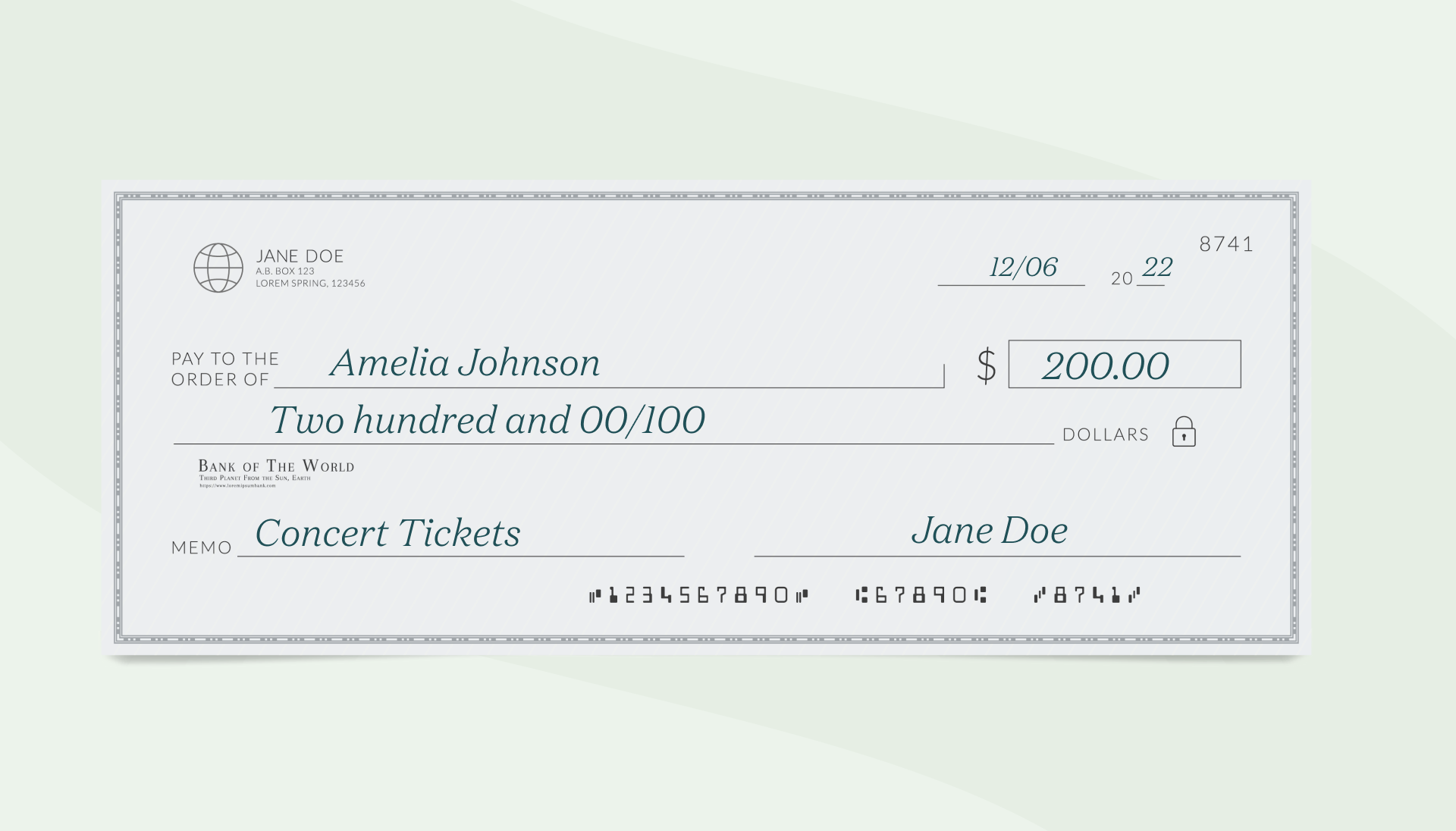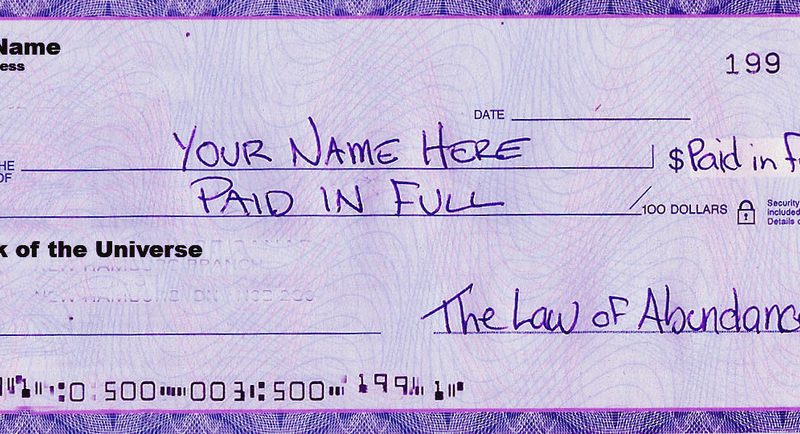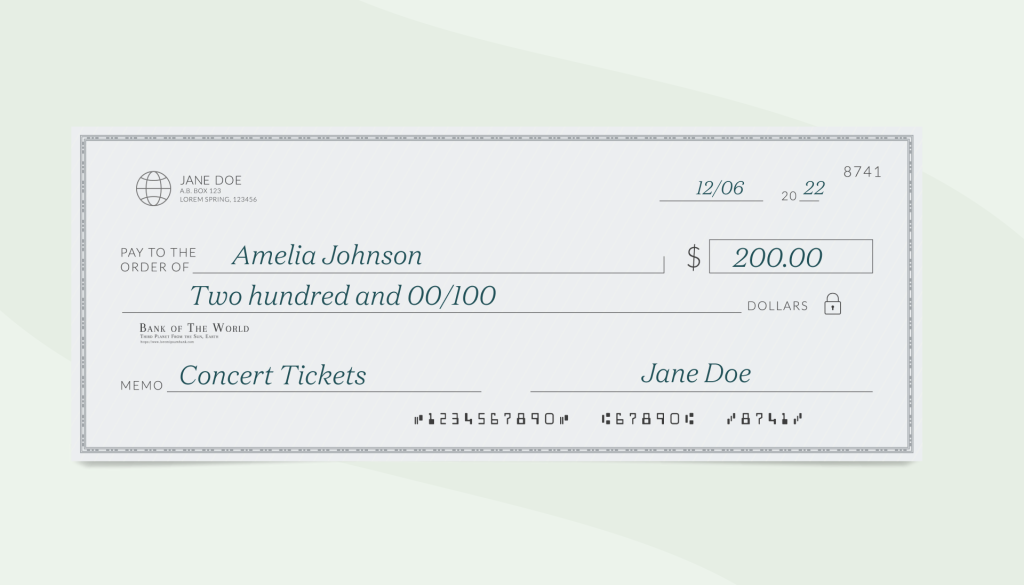Are you unsure how to correctly write checks without cents? Don’t worry, we’ve got you covered!
In this article, we will guide you through the process of writing checks accurately and efficiently. Whether you’re writing a check to pay a bill or make a purchase, it’s important to understand the purpose and steps involved in this financial transaction.
We will start by explaining why writing checks without cents is necessary and the importance of doing it correctly. Then, we will walk you through each step, from writing the payee’s name and amount in words to filling in the date and memo line.
Finally, we will discuss the crucial steps of signing and reviewing the check to ensure accuracy. By following our tips and guidelines, you’ll be able to write checks without cents correctly every time, avoiding any potential errors or confusion.
Let’s get started!
Understanding the Purpose of Writing Checks
Do you ever wonder why it’s important to understand the purpose behind writing checks? Well, let me tell you.
Writing checks is not just about transferring money from one account to another; it’s about keeping track of your finances and ensuring that your payments are made securely. By understanding the purpose of writing checks, you can avoid unnecessary fees, maintain a record of your expenses, and manage your budget effectively.
It also provides a sense of security as you have a paper trail of your transactions. Plus, writing checks allows you to make payments to individuals or businesses that may not accept other forms of payment.
So, the next time you write a check, remember its purpose and make sure you’re using this financial tool to your advantage.
Writing the Payee’s Name and Amount in Words
When filling out a check, it’s important to accurately express the payee’s name and the amount in words. This ensures that there is no confusion or room for misinterpretation.
To write the payee’s name, simply write their full name or the name of the organization you want to pay. Make sure to write neatly and legibly so that it can be easily read.
When writing the amount in words, start with the dollar amount followed by the word ‘dollars’ and then write the cents as a fraction out of 100. For example, if the amount is $50.75, you would write ‘Fifty dollars and 75/100.’
Remember to cross out any empty spaces to prevent unauthorized changes.
Taking these steps will help ensure that your checks are filled out correctly.
Filling in the Date and Memo Line
To accurately fill out a check, it’s essential to include the date and a brief memo to provide additional information or context for the payment.
Start by writing the date on the top right corner of the check. Use the month, day, and year format, such as ‘June 15, 2022.’ Make sure your date is current and matches the day you’re writing the check.
Next, move to the memo line, which is usually located in the bottom left corner of the check. Here, you can include a short note or description about the purpose of the payment. Keep it concise and specific, like ‘Rent for July’ or ‘Electric bill.’
By filling in the date and memo line correctly, you ensure clarity and accuracy when writing checks without cents.
Signing and Reviewing the Check
After carefully filling in the date and memo line, it’s crucial to sign and thoroughly review the check before submitting it for payment.
First, sign your name on the designated line using a pen with blue or black ink. Make sure your signature is clear and matches the one on file with your bank.
Next, take a moment to review the entire check to ensure accuracy. Double-check the amount written in both numbers and words to avoid any potential errors. Verify that the payee’s name is spelled correctly and matches the intended recipient.
Lastly, review the memo line to confirm that it accurately reflects the purpose of the payment.
By signing and thoroughly reviewing the check, you can minimize the risk of mistakes and ensure that your payment is processed correctly.
Tips for Accuracy and Error Prevention
To enhance accuracy and prevent errors, it’s advisable to meticulously review and sign the check, ensuring that all the details are correct and consistent.
Start by carefully examining the payee line to confirm that the recipient’s name is spelled correctly and matches the intended recipient.
Next, double-check the numerical amount written in the box and make sure it matches the amount written in words on the line below.
Pay close attention to the date, ensuring it is current and reflects the accurate day, month, and year.
Additionally, verify that the signature line is left blank until you’re ready to sign the check, as signing prematurely or in the wrong place can render the check invalid.
By diligently following these steps, you can minimize the chances of errors and ensure the check is written accurately.
Conclusion
In conclusion, writing checks without cents can be a straightforward process if you follow the correct steps. By understanding the purpose of writing checks and filling in the payee’s name and amount in words, you can ensure accuracy and error prevention. Additionally, completing the date and memo line is important. By signing and reviewing the check before submission, you can further ensure its correctness. Remember to double-check for any mistakes and take your time to avoid errors.
With these tips, you can confidently write checks without cents correctly.




